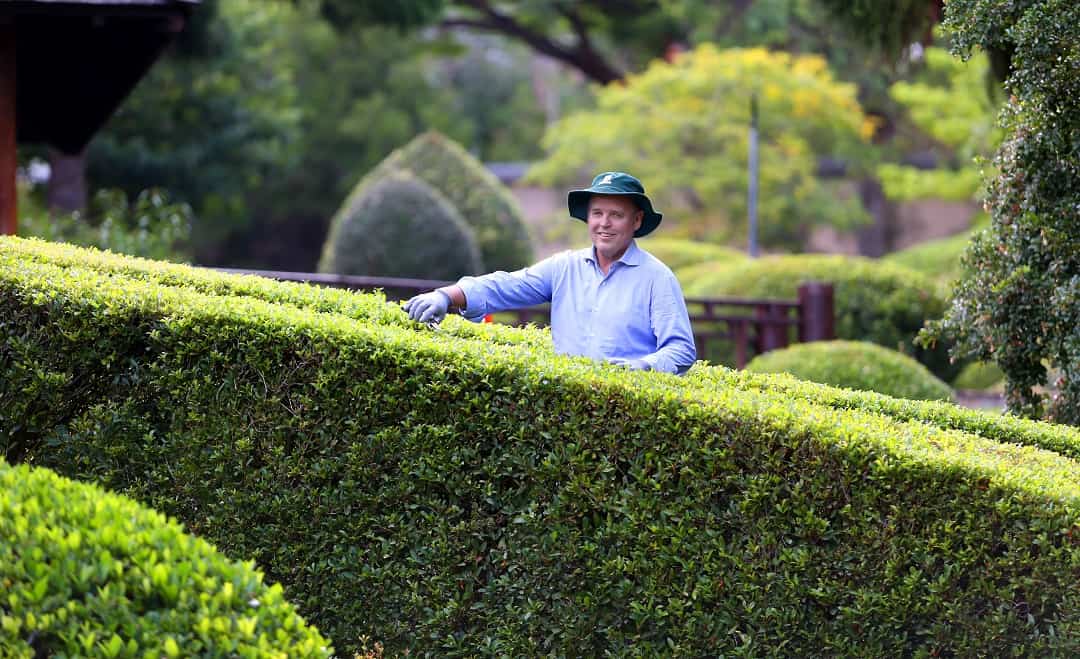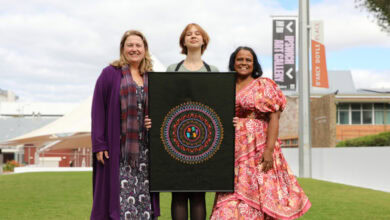
James Hilyard is Ipswich City Council’s Infrastructure and Environment Department, Acting City Maintenance manager.
James is a horticulturalist, arborist and holds a masters degree in sustainability.
In this month’s column, James shares five interesting Christmas themed gardening facts.
As we scorch our way through summer there are many hours of the day too hot to be spent under the sun toiling away in the garden.
I suggest, take a breather, grab a cold, wet glass of something delicious and learn some fun facts about Queensland plants connected to Christmas.
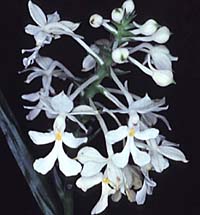
1. A number of Australian native plants are becoming increasingly significant as plants of choice used for decoration at Christmas time.
The Christmas Orchid is native to Queensland.
The botanical name is Calanthe triplicata and it is an evergreen terrestrial orchid which produces a 150cm long spike of showy white flowers in summer.
It is an excellent pot plant that will do well in a warm but shaded garden.
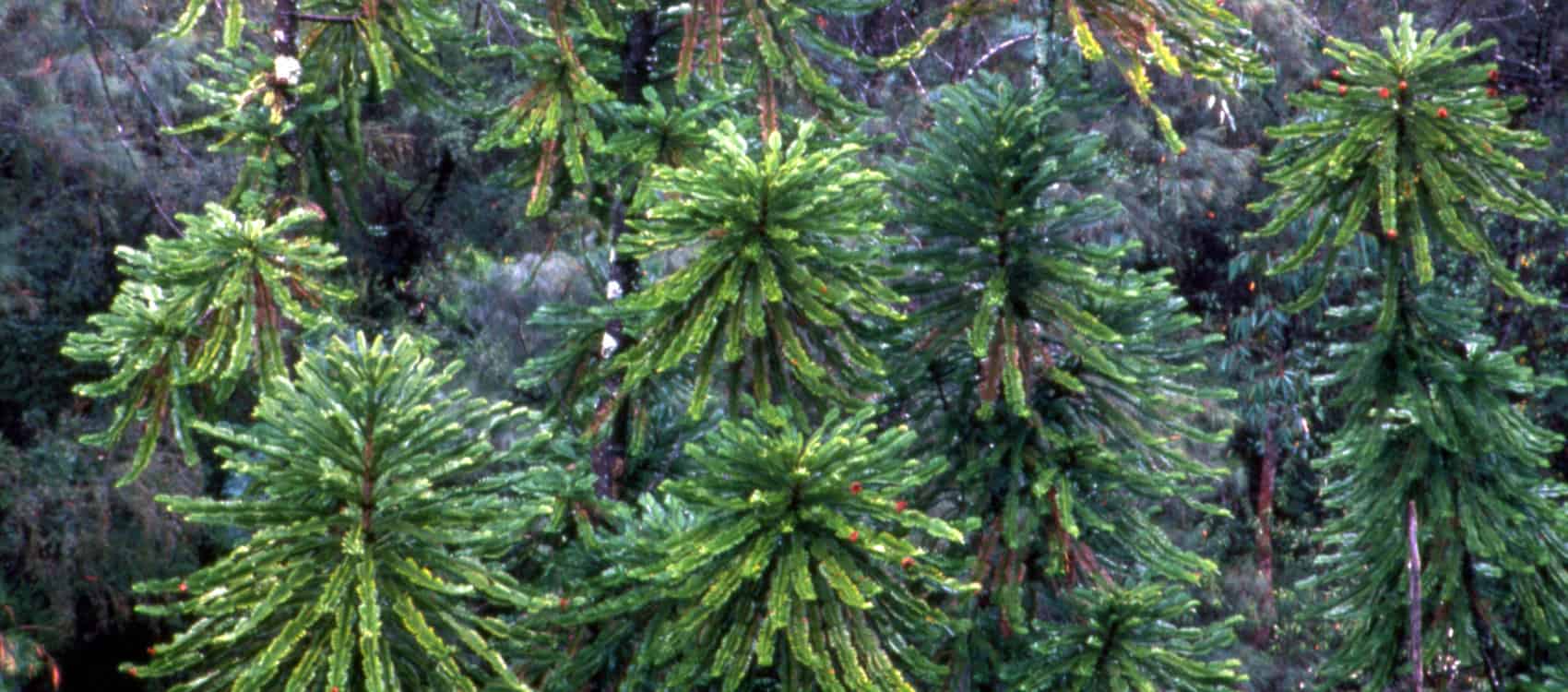
2. The best contender for a native Christmas tree in my mind would be the amazing Wollemi Pine.
It is one of the world’s oldest and rarest plants and it can be dated back to the time that dinosaurs roamed the land.
About 20 years ago a bushwalker stumbled across a grove of about 100 adult plants in dense bushland 200km from Sydney.
They were thought to have been extinct for thousands of years and now you can buy them (sometimes) at your local hardware megastore.
What a comeback. You can be part of this massive conservation effort by growing your own Wollemi Pine.
Whilst the tree will grow to 40 metres in height in peak conditions they are slow growing, able to be grown in pots and can used as an indoor plant that can tolerate air-conditioning.
Hence the ultimate fair dinkum Aussie Christmas tree.
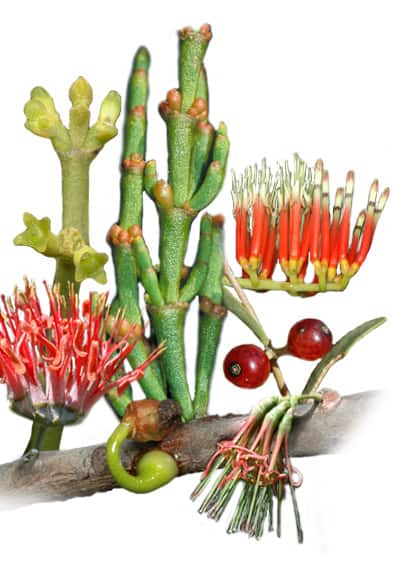
Graphic: Australian National
Botanic Gardens
3. Mistletoe is known for the plant you can hang in doorways at Christmas time that if you stand under it, somehow gives you a better chance of receiving a kiss.
What you may not know about mistletoe is that Australia has about 91 species, of which about 36 species occur in South East Queensland.
It is a hemiparastic plant that means it obtains water and nutrients from the host tree it is on while also having the ability to photosynthesise meaning it can make its own carbohydrates.
The leaves and fruit are eaten by possums, birds, koalas, sugargliders and insects.
Some trees you might see mistletoe on include eucalypts, banksias, wattles, mangroves and casuarinas.
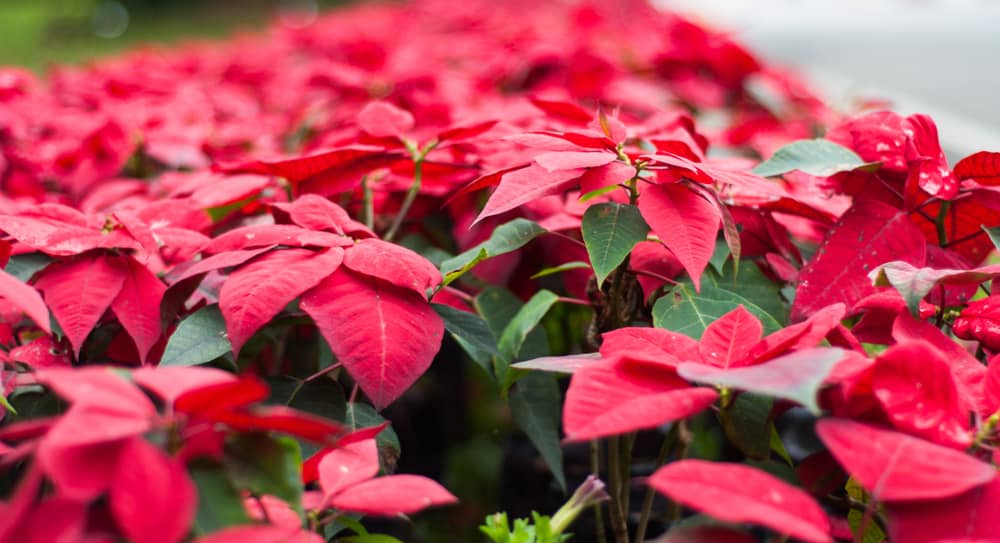
4. The bright red flowers of the Poinsettia that is popular as a decorative plant at Christmas time are not really flowers at all.
The red colouration occurs on the bracts or leaves of the plant, the actual flower is the small yellow bit in the middle.
Native to Mexico and flowering in winter, how do we get a big red leafy show in a 40 degree plus Ipswich summer?
By photoperiodism, meaning that they require darkness (12 hours at a time for at least five days in a row) to change colour.
Horticulturists artificially black out greenhouses for a period of up to 12 hours per day to induce a false winter.
The length and timing of this process is a carefully guarded secret as it is critical to get the plants ‘flowering’ for the Christmas markets.
A similar process is used to get Chrysanthemums flowering in time for Mother’s day.
If you plant your Poinsettia’s out in your garden after Christmas they will revert back to ‘flowering’ in our winter, usually around July, allowing you to enjoy Christmas in July each year.
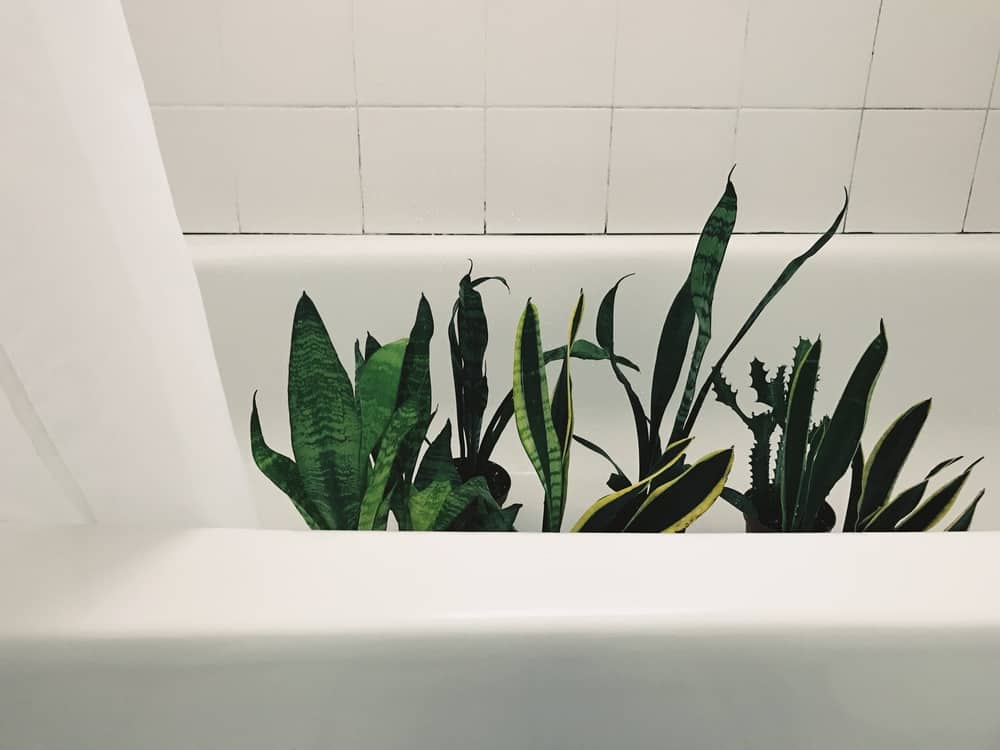
5. Most of us will get away for a few days over the Christmas period, so this last one is about making sure your plants are still alive when you get back.
For the indoor plants a quick easy idea is to fill your bath tub with 1cm of water, pop your plants in and this should keep them going for a week or two.
For your outdoor plants, give them a good soaking before you go and if they are pots, move them into a cool garage or laundry to slow their water use.
Alternately, put a slow drip system on your Christmas list and see if Santa thinks you have been good this year.
That’s it from me for the year. Thank you for reading my monthly column this year and I hope my tips have been useful at your place.
Be safe and kind to one and other over the holidays and please make a Christmas wish for some rain for us and the farmers.
Read also:
>>> Gardening with James Hilyard: Potager garden
>>> Gardening with James Hilyard: How to get your lawn back in shape
>>> Gardening with James Hilyard: How to fire proof your garden
>>> Gardening with James Hilyard: No room to garden? Think miniature
>>> Gardening with James Hilyard: Winter pruning
>>> Gardening with James Hilyard: Selecting the right plants for your yard

